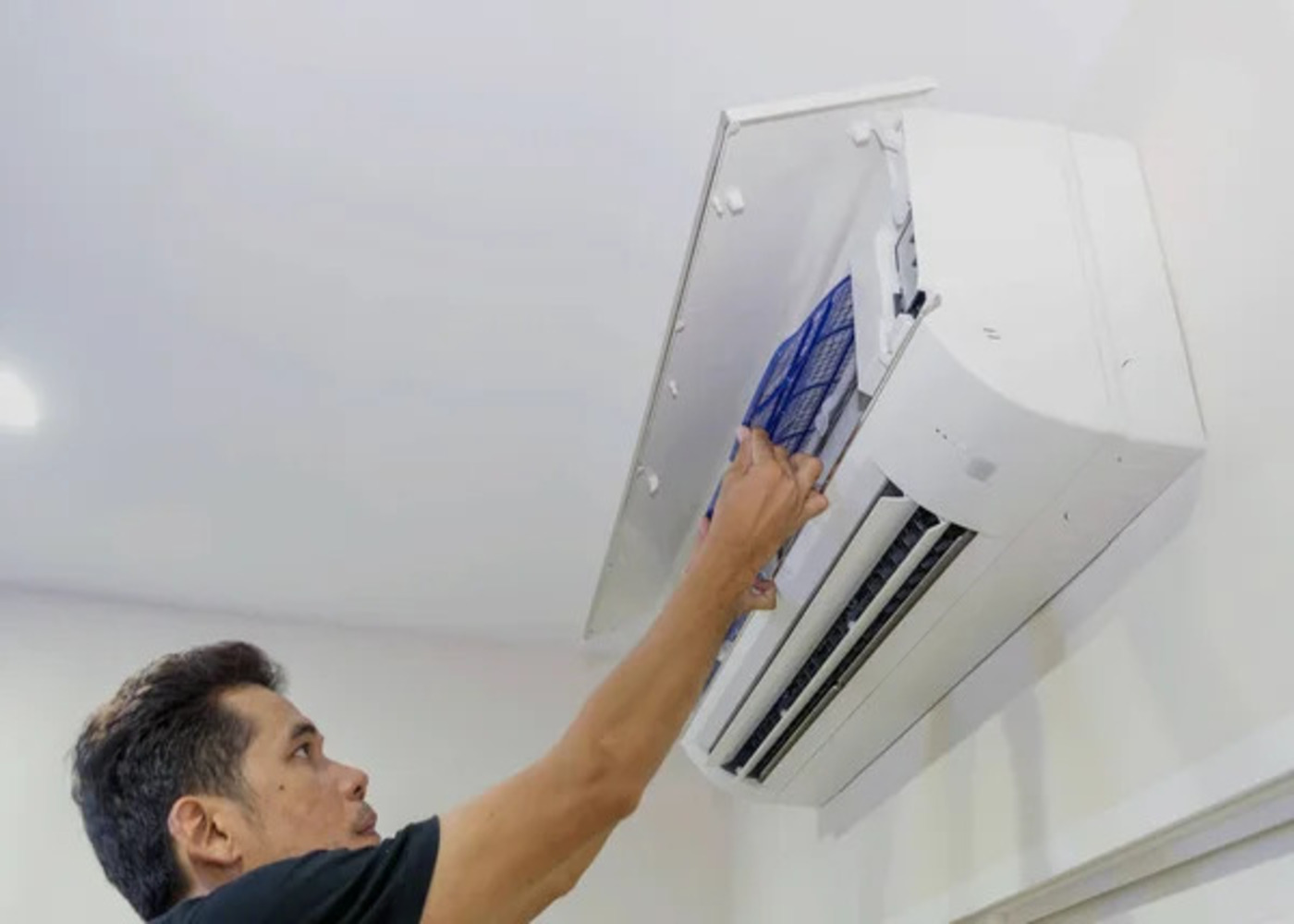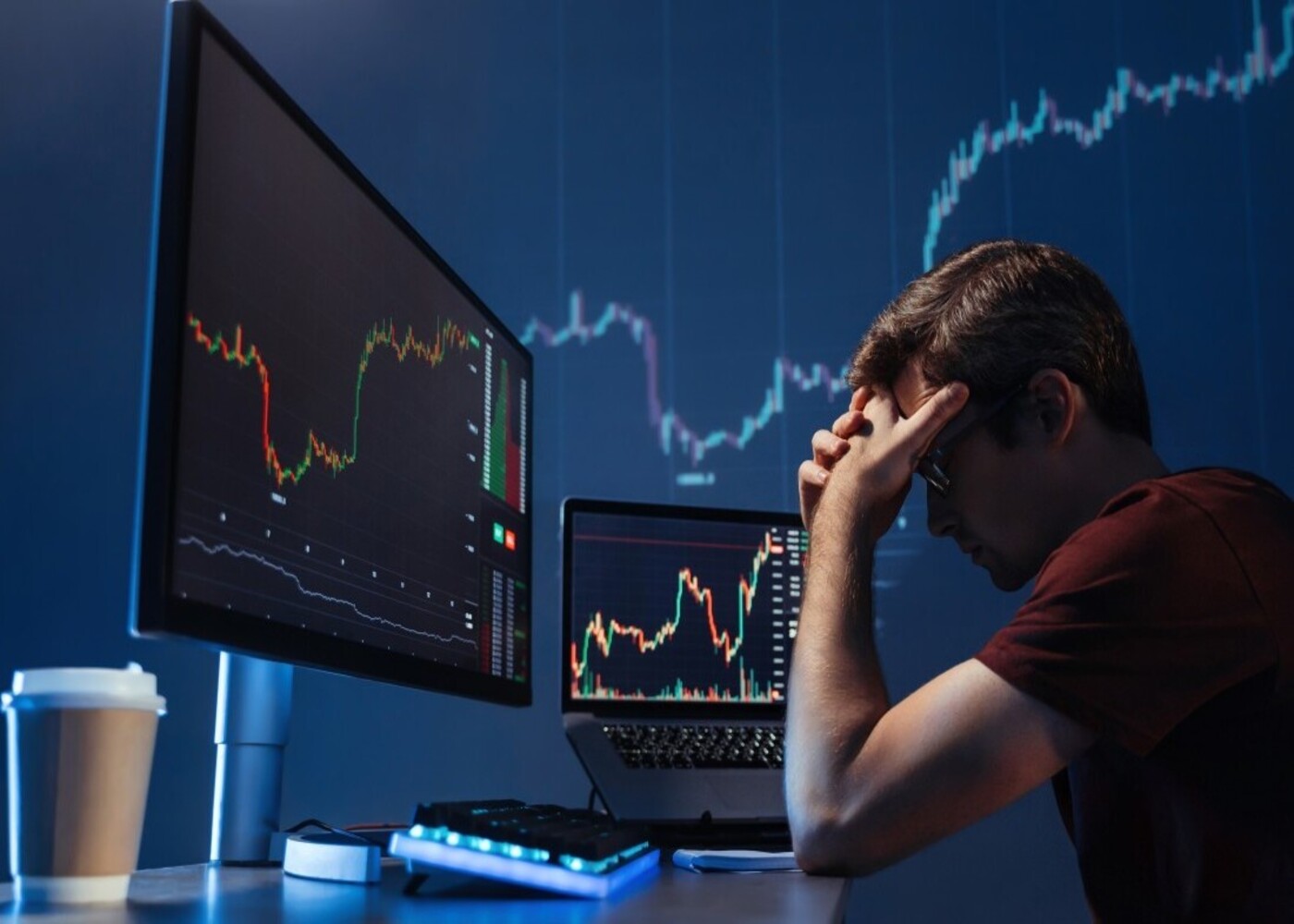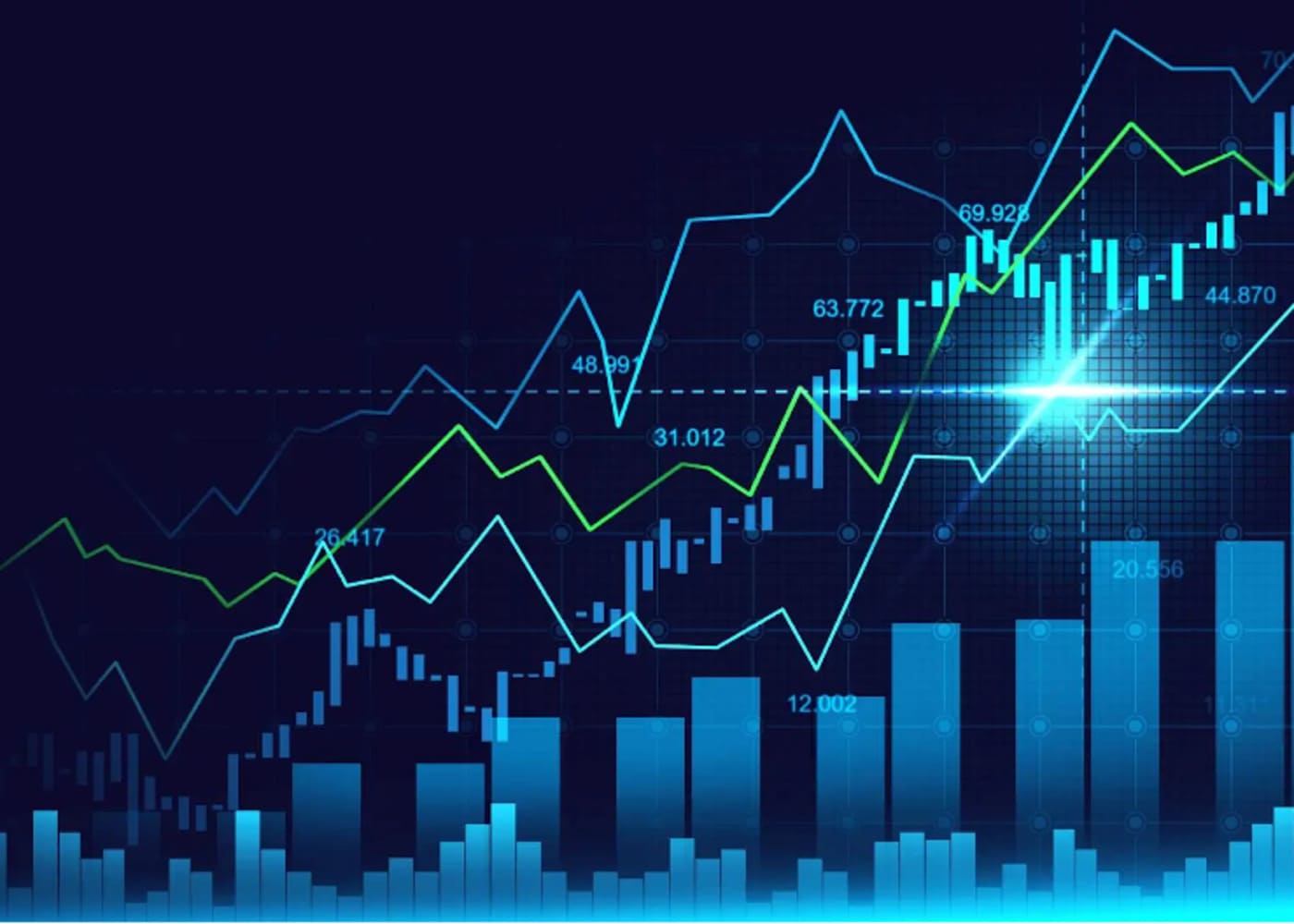
Where to buy NFT art in the UK
Cryptocurrencies and blockchain technology, which are only a decade old, are only now finding real-world applications. Non-fungible tokens (NFTs) have quickly gained popularity as one popular application, particularly among artists, art collectors, and speculators.
If you've decided you want a piece of the NFT action but don't know how to get started, here's how.
How can I buy NFT?
An NFT is a token that represents ownership of an asset and is built and managed on a blockchain (most commonly Ethereum (CRYPTO: ETH)). As a result, most NFTs require payment in Ethereum or another cryptocurrency blockchain where they are built.
Here's a step-by-step guide to purchasing an NFT:
1. Purchase Ethereum on a cryptocurrency exchange (for example, Coinbase Global (NASDAQ: COIN)).
2. Transfer your cryptocurrency to a cryptocurrency wallet. Consider it a digital checking account for storing and transferring cryptocurrency. Some exchanges, such as Coinbase, include built-in wallet features when you open an account, but other options include dedicated wallets such as MetaMask.
3. Connect your wallet to an NFT exchange. After connecting, you can begin browsing the marketplace's NFT collection and making a purchase.
Where can I get NFTs?
There are a lot of NFT markets out there. The most popular is presently OpenSea, which uses Ethereum as its primary currency but also accepts over 150 other payment tokens. Three more NFT markets featuring a varied assortment of art and collectables are Binance NFT, Rarible, and Foundation.
Some marketplaces specialize in a narrower range of assets. The Musician Marketplace, for example, focuses on music compositions, whereas NBA Top Shot is the National Basketball Association's officially licensed marketplace for purchasing digital video highlights.
Can a painting be an NFT?
This seemingly simple question is rather difficult to explain. Non-fungible tokens (NFTs) and digital artworks have recently received a lot of attention and hype around the world. Digital artists are finally getting the recognition they deserve thanks to NFTs. Their efforts are now worth millions of dollars. Can we, however, convert physical art into NFTs, leaving aside the genre of digital arts?
Is it possible to convert physical art to NFTs?
If you think about it, the answer is both Yes and No.
The only way to convert your physical art to digital is to photograph it. Now, if I ask you again if you converted your physical art into a digital one, you might be hesitant to respond. This is because the photograph you took was only a digital representation of the physical art, not the actual one. So, if you believe in authenticity, you are likely to respond negatively to the question.
So, how should I proceed?
As previously stated, you can tokenize your physical creation by taking a picture of it. It may not have the same essence and value as the original physical art, but in today's world, the average person spends eight and a half hours per day online. As a consequence, you may quickly convert and sell digital pictures and images of your physical artwork into NFT.
Can you sell NFT art?
This is a sensitive topic that is totally based on the purchasing community's tastes. Your physical work, for example, maybe warmly welcomed by art collectors and offline customers, but it may not be the "in" thing online. In such instances, the artwork's NFT value will be far lower than its actual worth. Your work, on the other hand, may look to be child's play to offline art fans, but within the NFT metaverse, it may be the biggest craze of the century. Take the instance of CryptoPunks, for example. Would you spend $5.3 million for something that was hand-drawn and given to you as a gift? Trends and choices are crucial! The aspect of "value" is, in principle, exactly proportionate to the feature of "rareness." The more fascinating and one-of-a-kind your NFT is, the more likely it is to sell for astronomical prices.
I hope you liked reading it as much as I loved writing it, and that I was able to address all of your concerns on where to buy NFT art in the UK.
Nov 29, 2021 by ebimo-dogubo 2.7K Views
Share This Post :
 Facebook
Facebook
 Twitter
Twitter
 Linkedin
Linkedin
 Telegram
Telegram
 WhatsApp
WhatsApp
 Pinterest
Pinterest



